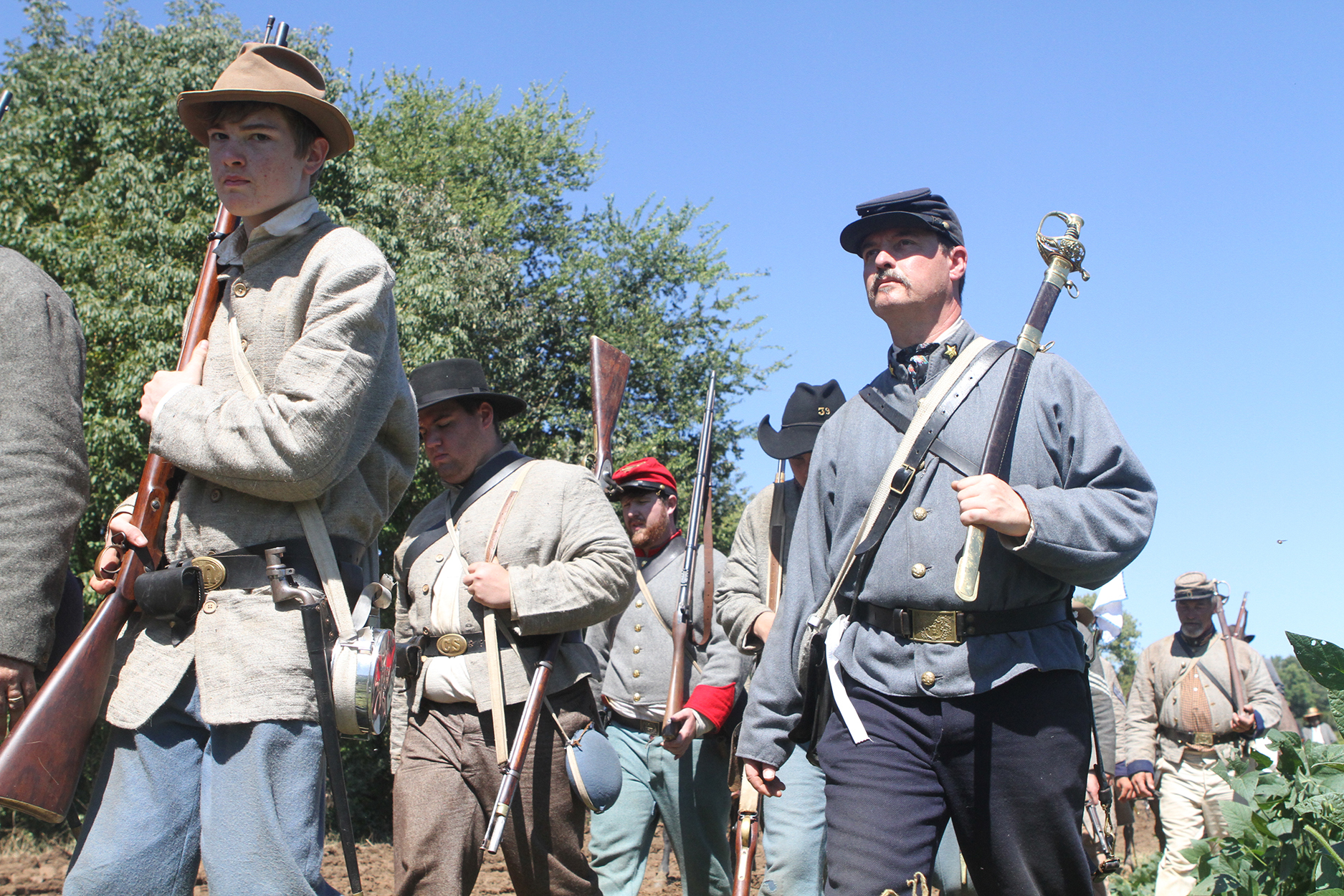The cannons are silent now.
They are silent today as they were 150 years ago when the battered Union army retreated back into Chattanooga from the Chickamauga Battlefield, giving the South its last major victory of the Civil War.
But those three dusty, dry days of blood in Chickamauga during 1863 would soon turn to wet, cold days of starvation and desperation in Chattanooga. Rather than follow the Union forces into the city and crush them as he'd been tasked, Braxton Bragg -- whose own Confederate forces had lost 20,000 men and 10 generals either to death or injury -- opted instead to occupy the ridge and mountain tops surrounding Chattanooga and lay siege to the city. His new goal was to stave and weaken the Union here.
That bitter autumn 150 years ago, with blood, hunger and days of burning furniture and door jambs to stay warm, would shape Chattanooga into the diverse, middle-class, tough and determined city that it would become.
East Tennessee, long a Union-leaning island of the South, offered quiet help with a "cracker line" to ease the hunger, as well as way-stations for escaped slaves. Many of those self-liberated slaves fled here as federal troops occupied and finally decisively won the city. A number of the freedmen stayed here to become workers, first for the Union and then for the businesses and foundries that were fired up again and expanded after the war's end.
Census records show 1,419 slaves living in Hamilton County in 1860, but a decade later the census found 4,188 blacks here -- a quarter of the entire county population.
Northern entrepreneurs, often termed carpetbaggers, streamed here to reopen those foundries and businesses as one after another previously wealthy Southerners lost their slave labor and couldn't pay new hires or taxes with their now worthless Confederate money. While much of the South never really recovered, Chattanooga was different. It rebounded quickly -- albeit with some new and different big names.
The Battle of Chickamauga proved to be a Southern victory only briefly, as the Union broke Bragg's stranglehold near the end of November. Chattanooga then became the Union's staging ground for Sherman's March to the Sea.
Last weekend's reenactments helped connect Americans with our battle history, Jeff McIntire and Robert Muehleisen, both of Ohio, told Times Free Press reporter Shelly Bradbury.
"In one battle, my unit was retreating and I was jumping over bodies and tearing through the corn to get away," McIntire said. "In another, I was inhaling so much smoke and sweat and my hay fever allergies were so bad that I actually threw up in the battle line. You get bits and pieces. You'll never know the whole experience."
But connecting with our Reconstruction history just takes a look at the city's diversity and its industrial heritage to understand just what the battles here ultimately wrought. The South as a whole was a landscape of millionaires-turned-paupers, but here, especially, slaves-turned-freedmen and former federal soldiers-turned-entrepreneurs gave this city extra rebuilding blocks.
As reenactment cannons thundered again on Sunday, spectators flinched and reenactors screamed and fell. In the real thing, there were 34,000 casualties. But this time, the warriors -- again hailing from all over the country -- stood up, smiled at each other, dusted themselves off and headed out to buy dinner.
At the same time, Chattanoogans went home to their comfortable houses in this very blessed, diverse city that was made what it is today by the events -- good and bad -- of the Civil War.

